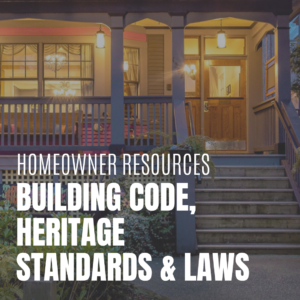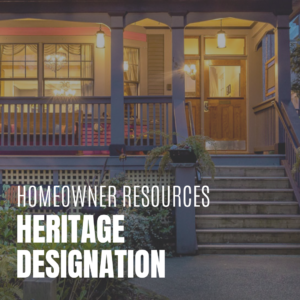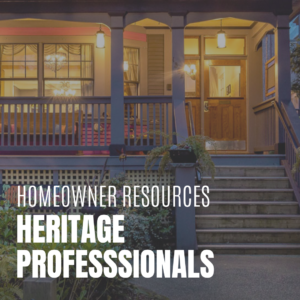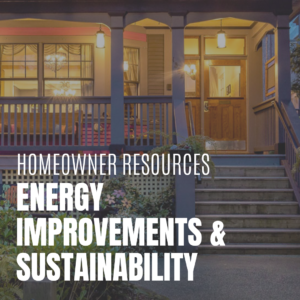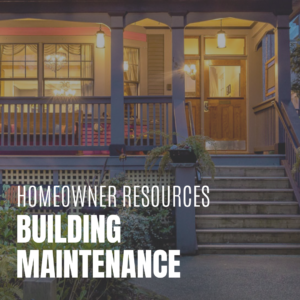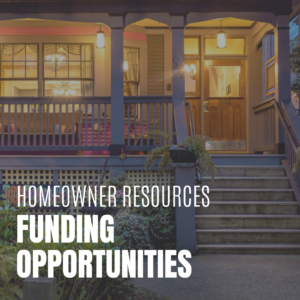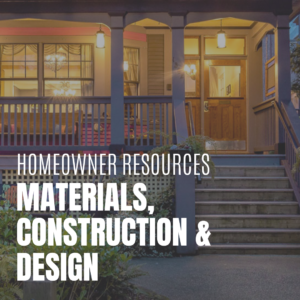- Heritage 101
- Advocacy
- Accessibility for Historic Places
- Climate & Sustainability
- Cultural Maps
- Heritage Place Conservation
- Heritage Policy & Legislation
- Homeowners
- Intangible Cultural Heritage
- Reconciliation
- Indigenous Cultural Heritage
- Setting the Bar: A Reconciliation Guide for Heritage
- 1. Heritage and Reconciliation Pledge
- 2. Acknowledging Land and People
- 3. Celebrating Days of Recognition and Commemoration
- 4. With a Commitment to Learn
- 5. Committing to Strategic Organizational Diversity
- 6. Mission-Making Room for Reconciliation
- 7. Possession, Interpretation, Repatriation and Cultural Care
- 8. Shared Decision Making
- 9. Statements of Significance and other heritage planning documents
- 10. Heritage Conservation Tools, Local Government Act
- Racism: Do Not Let the Forgetting Prevail
- Taking Action: resources for diversity and inclusion
- Webinars On-Demand
Homeowner Resources : Safety & Hazardous Materials
When owning an older home, it is important to know what risks and safety hazards you could face. Some of these risks have simple fixes, but others can be more difficult or may stop you from purchasing a heritage home altogether.
Questions to ask yourself regarding the safety of your old home:
- What are your fire risks? Does the house have knob and tube wiring? “DIY” electrical work?
- What materials were used? Were asbestos and lead used in construction?
- Have you inspected from the bottom to the top? How stable is the foundation? The roof?
Resources
Overview of potential safety concerns:
» Antique Home: What Should I Look for When Buying an Old House?
Electrical and Fire Risks Explained:
» PowerChek: Electrical Risk of Heritage Homes
» PowerChek: Older Homes – Fire Risks Explained
» PowerChek: Knob and Tube Wiring Explained
Hazardous Materials:
» Vancouver Heritage Foundation : Hazardous Materials & Safety in Older Buildings
» Worksafe BC’s Asbestos Hazards When Renovating Older Homes and watch their video on the same topic.
FAQ
What aspects of renovating a heritage home can be potentially dangerous?
Many of the safety risks of renovating an older home consist of the risks expected in any renovation project. You can read BC Housing’s pamphlet on Managing Environmental Risks During a Renovation Project for an overview of these risks.
Additional risks for older homes are often associated with the increased degradation of materials as a result of their age. Caution is recommended for all renovation projects, and those working on older homes must be aware of the increased risk when working on projects that might appear simple.
How do I test for asbestos and eliminate it if present?
From Worksafe BC:
In order to properly identify asbestos in your home, you must hire a qualified testing company or asbestos surveyor. The testing company or surveyor will take samples of possible asbestos-containing materials in your home, and send them to a lab for testing. The surveyor will then provide you with a report of the location of asbestos in your home.
Once you have identified the asbestos-containing materials in your home, the next step is to have the identified asbestos removed by a qualified asbestos abatement contractor. Provide the contractor with the report from the surveyor to ensure that all of the identified asbestos-containing materials are removed. Once the work has been completed, the abatement contractor will provide you with a report confirming that all asbestos has been removed, and your property is ready for demolition or renovation.

